Mars: Seemingly calm surface hides "terrible" winds
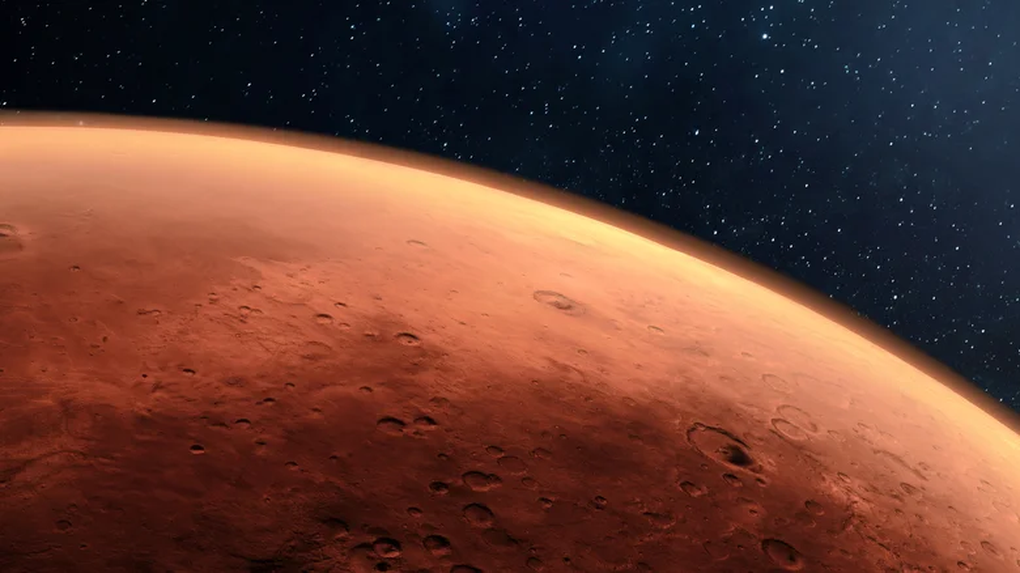
Despite its barren and peaceful appearance, Mars has a surprisingly dynamic atmosphere. A new study published in the journal Science Advances has revealed that gusts of wind and dust on the Red Planet can reach speeds of up to 44 meters per second (about 160 kilometers per hour), much faster than previous surface measurements.
These powerful winds play a key role in shaping Mars' climate, moving dust across the planet, influencing weather patterns and posing significant challenges for future exploration plans.
Scientists have long been aware of the role of winds on Mars. The planet's surface is covered in fine dust and sand, with features like sand dunes and global dust storms testifying to the power of air currents.
Winds not only lift and move dust, but also affect the amount of sunlight reaching the surface, how heat is distributed, and the behavior of water vapor in the thin atmosphere.
Understanding the strength, location, timing and interaction of winds with dust is crucial to building accurate climate and weather models on Mars. These models are the foundation for planning future exploration missions that will have to deal with the harsh environment of the Red Planet.
Martian winds are stronger than we thought
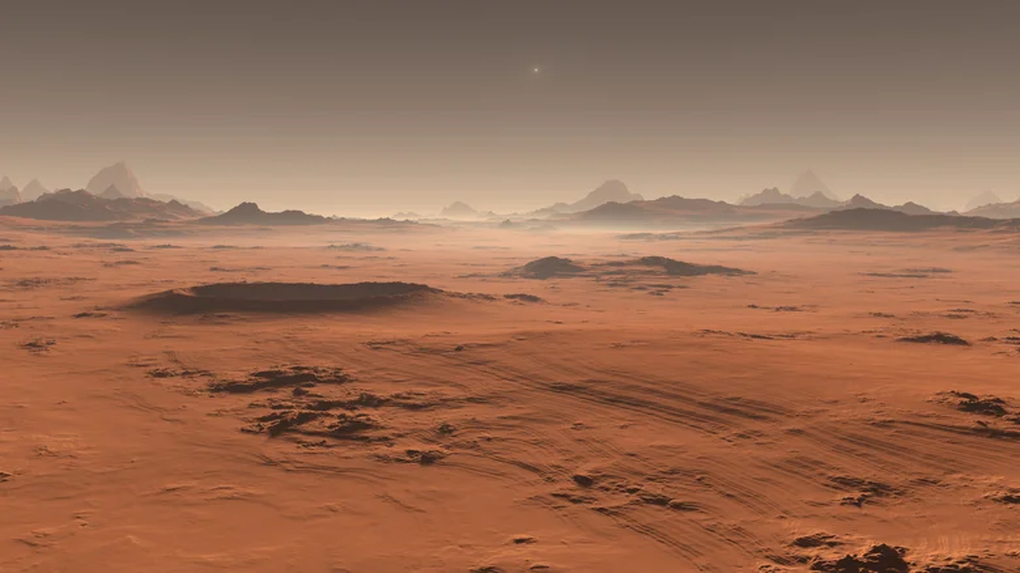
Studying winds on Mars is challenging due to the lack of fixed measurement points and the thin atmosphere. To overcome this, scientists at the University of Bern, Switzerland, under the direction of Dr. Valentin Bickel, applied deep learning to more than 50,000 satellite images from the CaSSIS cameras on the ExoMars Trace Gas Orbiter and the HRSC on the Mars Express.
Machine learning algorithms identified dust plumes, rotating columns of dust and air that act as visible traces of wind. About 300 of the best stereoscopic image sequences were then analyzed to track movement, calculate velocity, and map wind direction across the planet.
The results showed that near-surface winds associated with dust devils reached speeds of up to 44 m/s (160 km/h), much higher than previous measurements (which were typically below 48 km/h and rarely as high as 96 km/h). These speeds were measured widely across Mars, suggesting that such strong winds are more common than previously assumed.
Strong winds mean more dust can be lifted from the surface, affecting Mars' climate. Dust absorbs sunlight, warming the atmosphere, affecting temperatures, air circulation and the development of storms.
This new method also helps scientists map wind behavior on Mars at a global scale.
Impact of Martian winds on future explorations
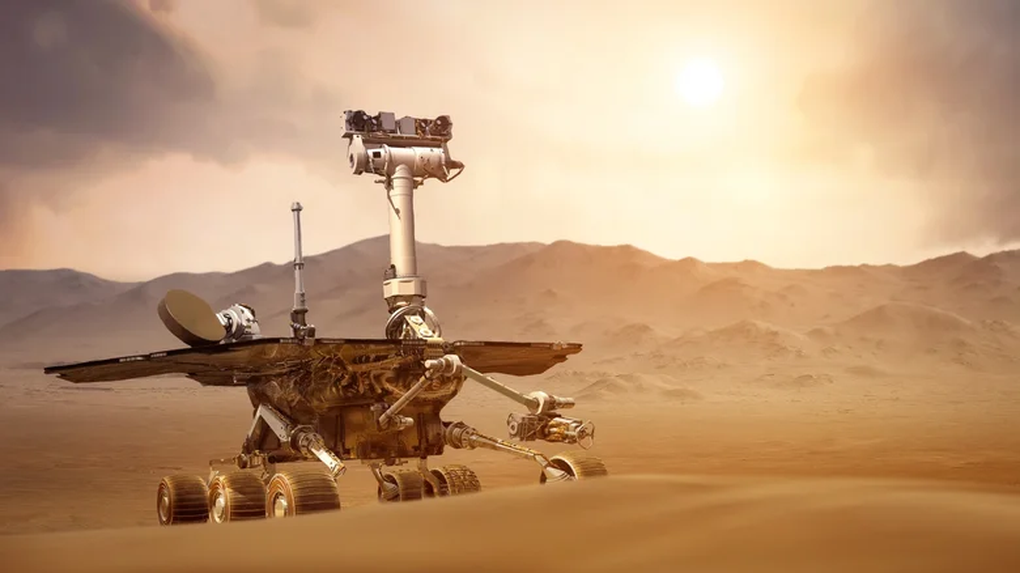
Understanding winds on Mars is not only of scientific interest, but also has practical implications for future landers, rovers, and manned missions. A solid understanding of the wind environment helps planners design safe landings, durable equipment, and sustainable solar energy operations.
Dust is a serious concern for surface missions. It can accumulate on solar panels, reducing power, obscuring equipment, and degrading mechanical systems. The Opportunity rover was grounded by dust covering its solar panels during a global dust storm in 2018.
Knowing when and where strong winds and dust storms form will help scientists predict dust hazards and plan clean-up or mitigation. Landing site selection and hardware design can also benefit from wind maps obtained from orbital measurements.
A research team from the University of Bern has provided a new profile of dust storm paths and wind direction/speed, giving future expedition planners insight into wind regimes at suitable locations for landing and research.
This helps engineers model how winds might affect landing dynamics, how dust might move around the landing area, and how often dust might stick to solar panels or optical sensors.
New methods for mapping Martian winds through machine learning and tracking dust tornadoes will continue to generate datasets to refine climate models and mission planning tools.
A better understanding of wind regimes will help build more sophisticated models of surface conditions, which are critical to the safety, performance, and longevity of Mars rovers and explorers.
Source: https://dantri.com.vn/khoa-hoc/gio-tren-sao-hoa-manh-den-muc-nao-20251106012519849.htm




![[Photo] Closing of the 14th Conference of the 13th Party Central Committee](https://vphoto.vietnam.vn/thumb/1200x675/vietnam/resource/IMAGE/2025/11/06/1762404919012_a1-bnd-5975-5183-jpg.webp)


![[Photo] Prime Minister Pham Minh Chinh receives the delegation of the Semiconductor Manufacturing International (SEMI)](https://vphoto.vietnam.vn/thumb/1200x675/vietnam/resource/IMAGE/2025/11/06/1762434628831_dsc-0219-jpg.webp)






































































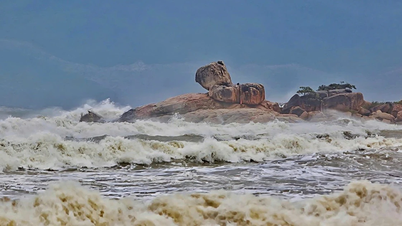

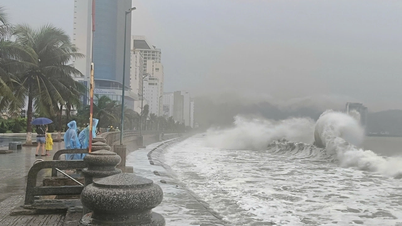


































Comment (0)